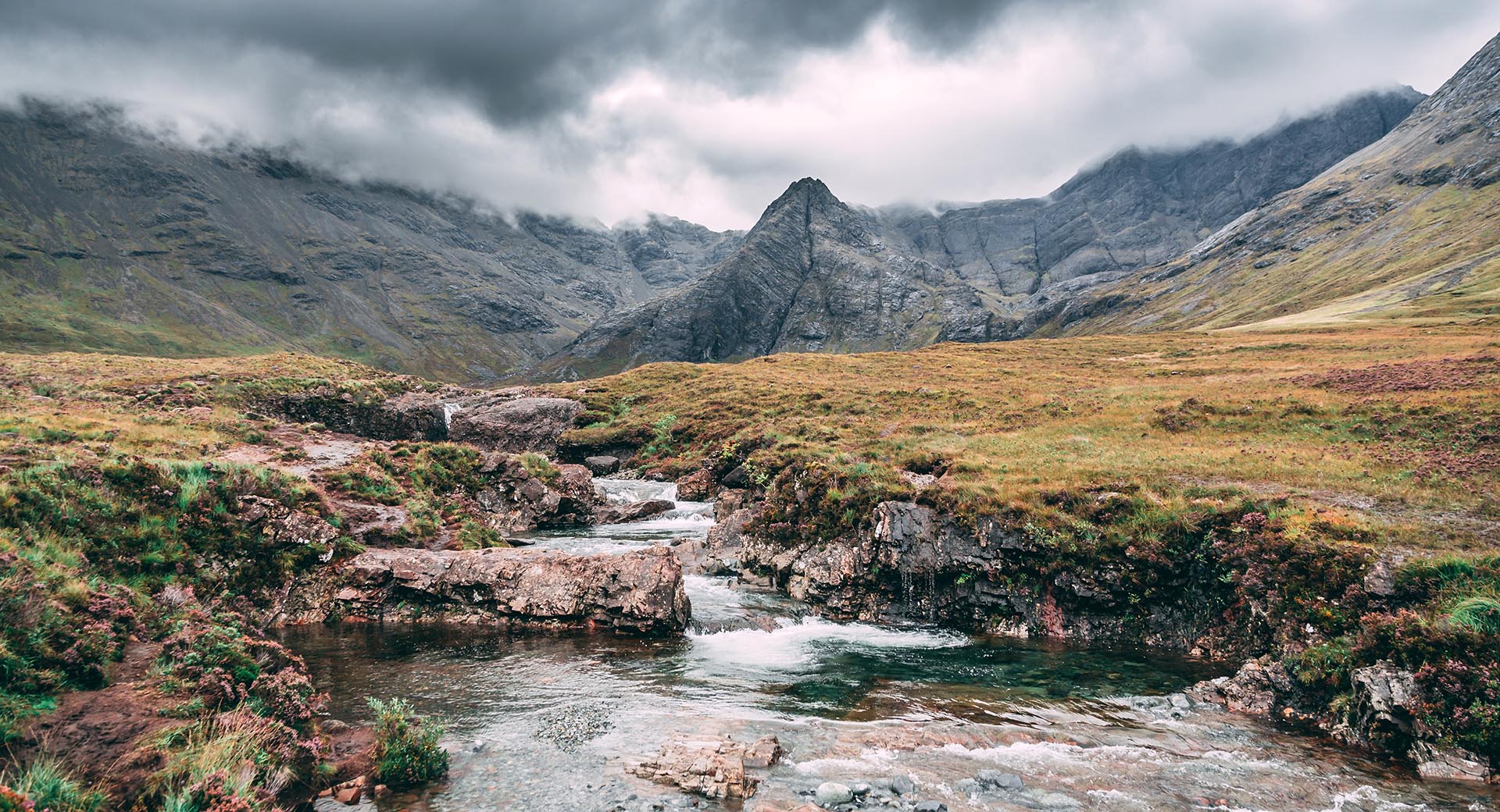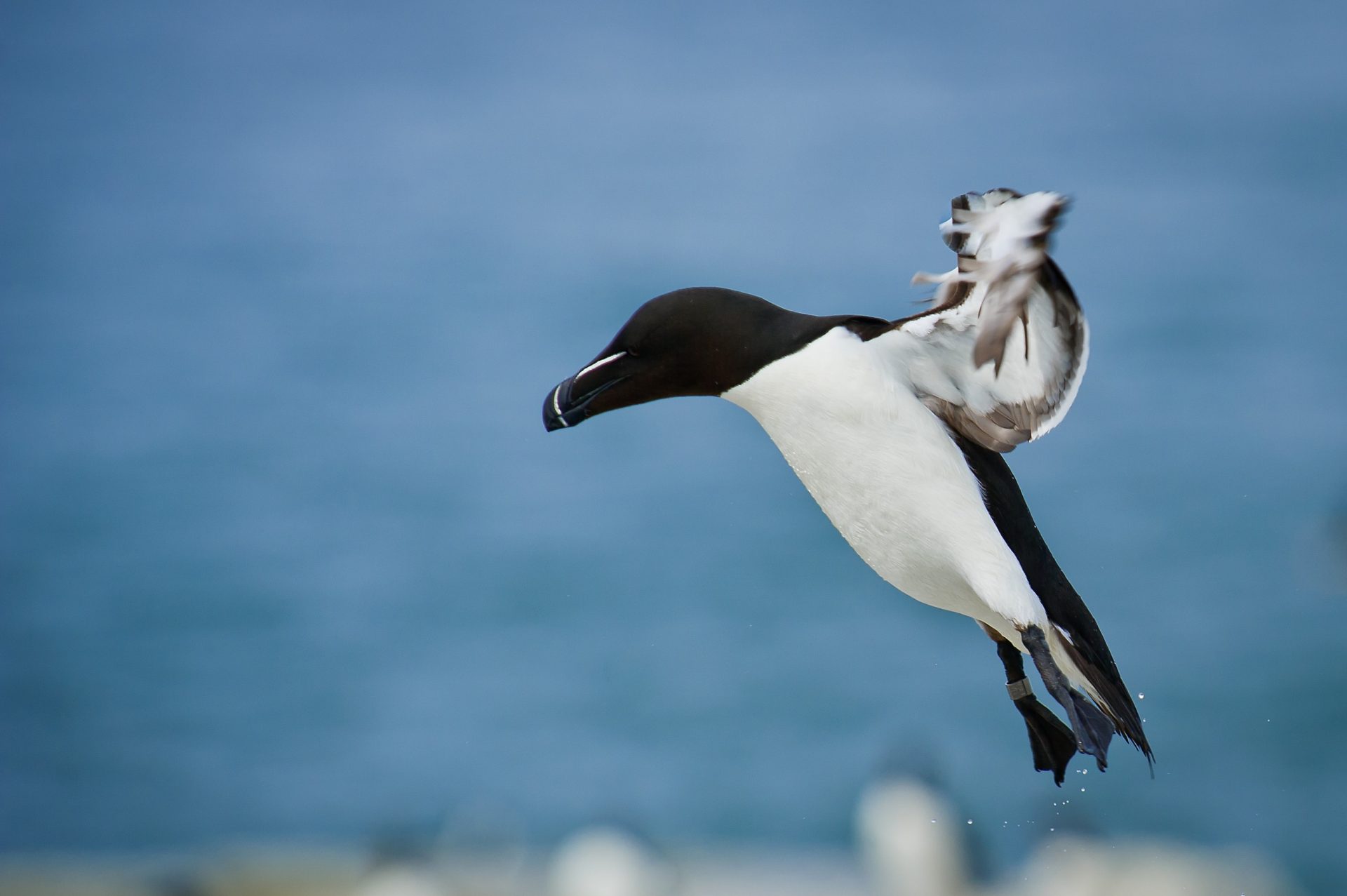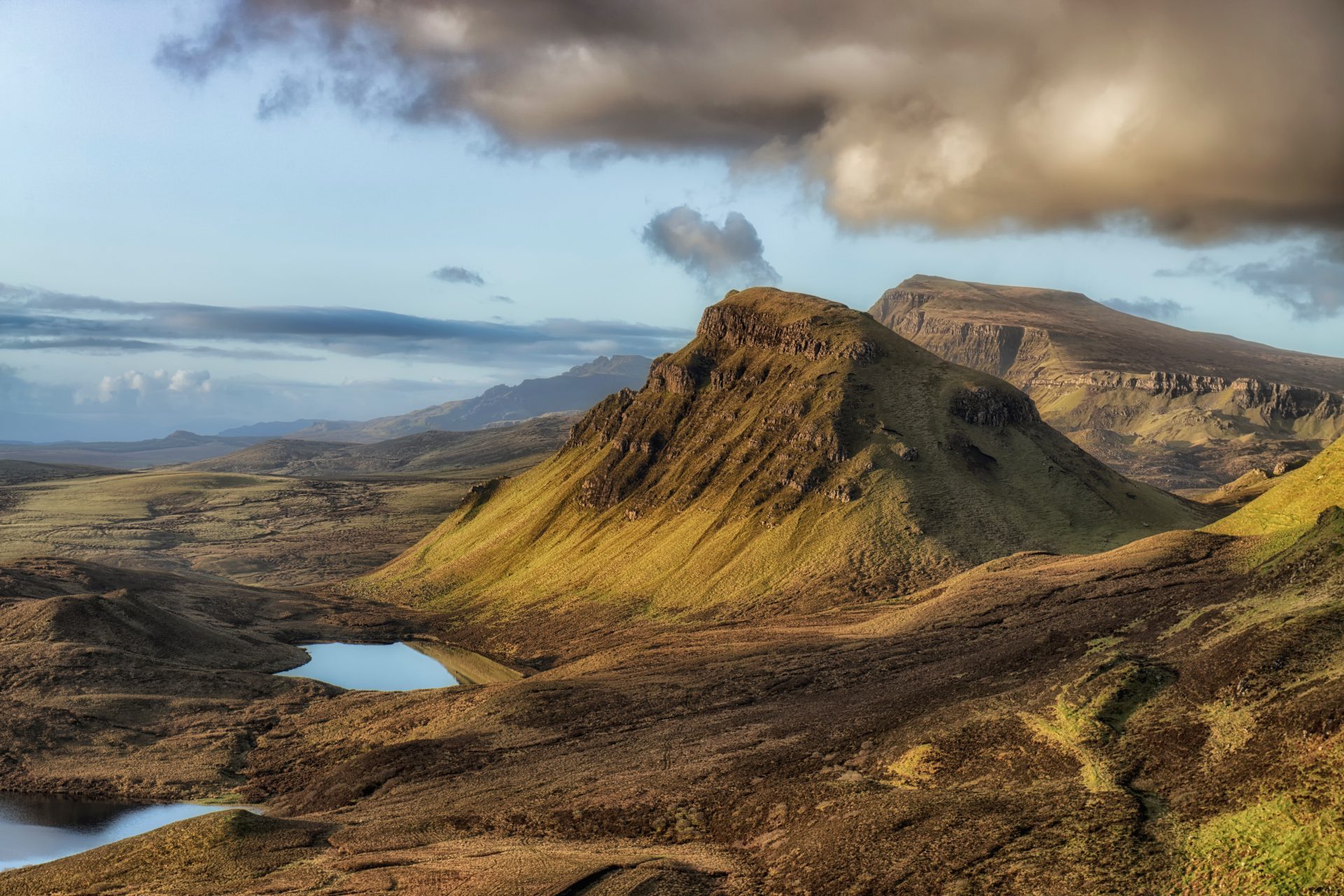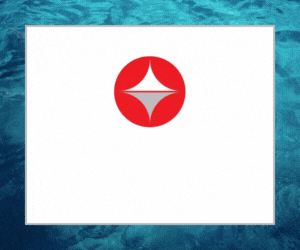Bored of the Balearics? Fed up with France? Irritated by Italy? If you’re looking to stay in Europe but escape the crowded Mediterranean hotspots, then Scotland could be the answer to your troubles.
Though Scotland may be small in size, it is rich in rugged beauty and incredible experiences abound. Many visitors head for its stunning mountains and dramatic coastlines, but few yachts have the coastal destination on their hit list. Working with local captains who know these waters better than anyone else, Pelorus are able to design experiences that delve deep into the Scottish wilderness.
When visiting by yacht, Scotland is best between April and October. From the first signs of spring, through to lush green summers and the arrival of autumnal colours, Scotland’s seasonal display is always impressive.

Here’s Pelorus’ advice for visiting the country:
THE HEBRIDES
Located off the north west of Scotland, the Hebrides archipelago features innumerable hidden beaches and, believe it or not, the water has a Caribbean tinge of turquoise! Divided into the Inner and Outer island groups, the islands are home to traditional fishing villages and in the more remote parts Gaelic is still spoken.
– Moor the yacht in sheltered sea lochs before embarking on a climb up the rugged mountainsides. Keep an eye out for deer and eagles along the way.
– Fly fish for Atlantic salmon in the many remote rivers that weave through the moorland to the sea.
– Take an excursion to explore some of the oldest castles in the world with your personal historian. The fantastic structures date back many centuries and vary between more ancient ruins and grand Victorian-era architecture.
THE ISLE OF MULL
The Isle of Mull is the second-largest island of the Inner Hebrides group. Whilst Mull has a sizable infrastructure, the lifestyle here is far removed from urban life.
– Enjoy the stunning scenery and pretty views over the iconic picture-postcard town of Tobermory.
– Explore hidden coves by kayak and enjoy a lunch on shore with local grown and caught produce.
– Take the tender to the Isle of Staffa to explore Fingals Cave, where you can see hexagonal rock columns formed millions of years ago by volcanic eruptions.

THE ISLE OF SKYE
The Isle of Skye is connected to Scotland’s northwest coast by a bridge, and is the largest island in the Inner Hebrides group. It’s coastline features frequent peninsulas and the interior is mountainous.
– Go fishing with local guides and try your hand at lobster potting.
– Enjoy a private visit to the Talisker whisky distillery to sample the country’s most famous produce.
– Forage for food with wildlife specialists before building a fire and ‘wild cooking’ with a Michelin-starred chef.
– Peruse the harbour side pubs and boutiques
ST KILDA
St Kilda is a UNESCO World Heritage Site and is home to UK largest colony of Atlantic Puffins, with nearly one million seabirds taking residence.
– When cruising around St Kilda, keep a look out for minke whales and dolphins.
– When visiting Scotland with PELORUS, special permission has been granted to access the island by helicopter – where you can explore the terrain with a naturalist who specialises in the unique biosphere.

HARRIS
Forming the southern part of Lewis and Harris, this island is known for its sandy beaches and miniature fjords.
– The fjords are a playground for explorers, with multiple caves and hidden passages.
– There are some great snorkelling spots here and the water is incredibly clear. Expect to see cold-water corals, crustaceans, an array of fish and, hopefully, marine mammals such as seals and dolphins.

Travelling responsibly and sustainably is at the heart of how Pelorus operates, and they encourage their clients to include a conservational element in their itineraries. The carbon footprint of trips can also be offset through Pelorus’ partners, The World Land Trust.
For those with an interest in conservation, Scotland has a huge array of active programmes that visitors can participate in:
– Help to set camera traps in osprey nesting areas; making a valuable contribution to the on-going research of these birds of prey.
– Carry out productivity and population counts for fulmar, kittiwake, guillemot and razorbills.
– Assist in efforts to save Scotland’s declining red squirrel population, providing vaccines and securing habitats.
– Reinforce Scotland’s wild beaver population, helping to relocate them to suitable habitats.
– Assist researchers exploring the benefits of letting decommissioned oil rigs remain as they currently stand, providing refuge and habitats for marine life.
– Spot killer whales along the shore as they hunt for seals. Track known individuals and register new members of the resident pod.

.gif)


















